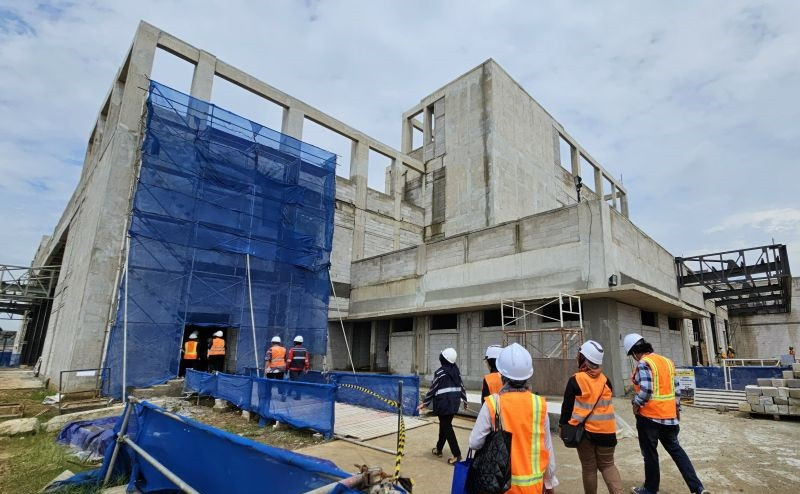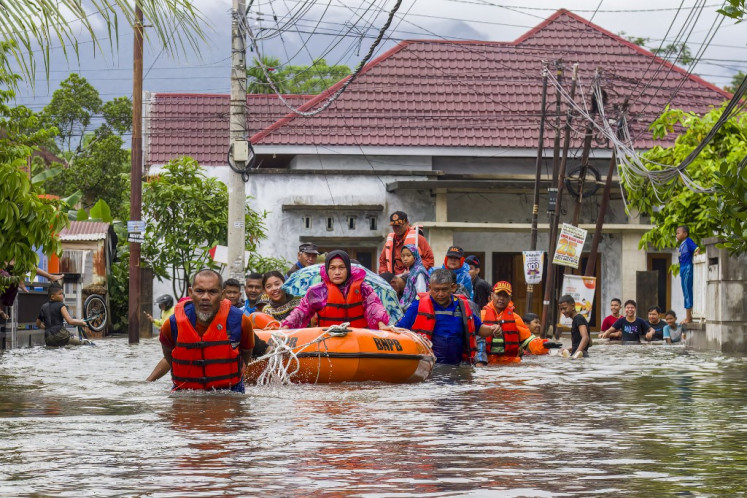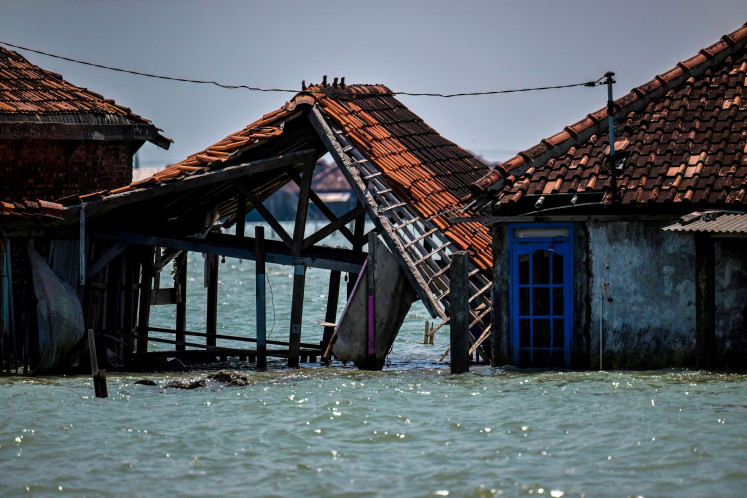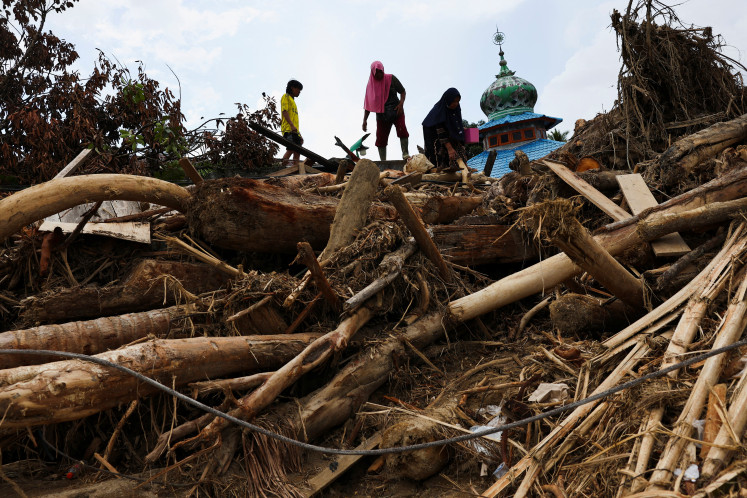Popular Reads
Top Results
Can't find what you're looking for?
View all search resultsPopular Reads
Top Results
Can't find what you're looking for?
View all search resultsAI paradox: The hidden cost of smarter machines
Indonesia’s efforts to make artificial intelligence (AI) more efficient can end up crippling its power grid.
Change text size
Gift Premium Articles
to Anyone
I
n the global race to harness artificial intelligence (AI), energy efficiency is often hailed as a virtue. Yet, as Indonesia accelerates its digital transformation and plans to develop a national AI road map, we must confront a paradox the nation cannot afford to ignore: Making AI more efficient could inadvertently strain our power grid.
This phenomenon, known as Jevons' Paradox, suggests that improvements in energy efficiency can lead to increased total consumption. For Indonesia, this presents a quiet but critical challenge, one that cuts across infrastructure readiness, environmental sustainability, trade resilience, economic equity and even national sovereignty.
According to the International Energy Agency, electricity consumption from global data centers is projected to more than double by 2030, reaching nearly 1,000 terawatt-hours annually. That projected figure would exceed Japan’s entire national electricity use, an advanced, energy-efficient country that consumed around 909 TWh in 2023. It also equals 70 percent of India’s annual electricity consumption, despite India having over 10 times the population of Japan.
AI workloads are a principal driver. Training a single large language model, such as GPT-3, reportedly consumed more than 1,000 megawatt-hours, equivalent to the monthly usage of over 100 Indonesian households. While policymakers often focus on making each AI model use less electricity, they tend to overlook a larger effect: Once AI becomes cheaper and faster, we start using it everywhere, from logistics and agriculture to surveillance and online shopping. Ironically, the more efficient AI becomes, the more energy it ultimately consumes.
The logic behind this expansion is hardly new. In 1865, economist William Stanley Jevons observed that more efficient steam engines led to more coal consumption, not less. As algorithmic performance increases and deployment costs fall, Jevons' Paradox re-emerges in digital form. In the case of AI, the more efficient our models become, the more ubiquitous (and energy-intensive) their use becomes.
A 2025 study by Duke University offers a contrarian insight into this narrative. It finds that power systems, like those in the United States, may have untapped potential to accommodate large new electricity loads, including data centers. But this is only possible if those loads can reduce or shift their usage during peak hours.
This concept, known as “curtailment-enabled headroom”, hints at an emerging form of load diplomacy. Meaning that, those who can flex consumption can gain strategic room to grow.



















